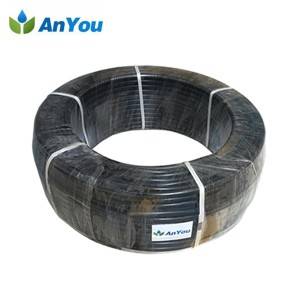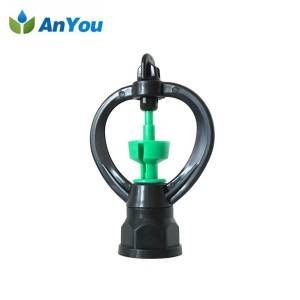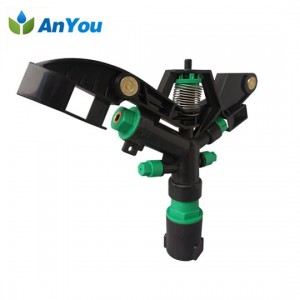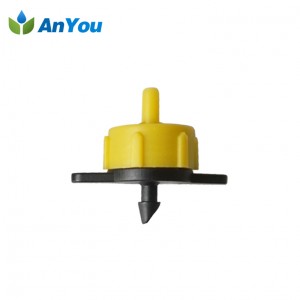To feed 10 billion people by 2050 at the current level of food production efficiency, we’d have to clear most of the world’s forests.
The Netherlands is a leader in efficient and sustainable agriculture – and the second-largest exporter of agricultural goods in the world.
Tomatoes uses a hydroponic system and geothermal energy to limit its impact on the environment, while maximizing yield. The plants grow in a hydroponic system to use less water.
The Netherlands might be a small country, but it’s the second-largest exporter of agriculture in the world, after the United States. In 2017, the Netherlands exported $111 billion worth of agricultural goods, including $10 billion of flowers and $7.4 billion of vegetables.
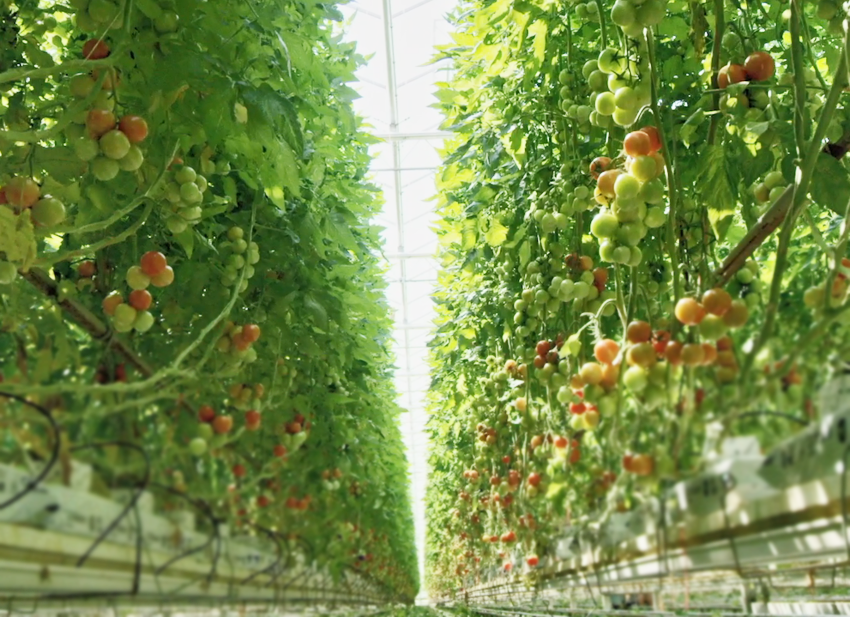
The tomatoes are grown in small bags of rockwool substrate, made from spinning together molten basaltic rock into fine fibres, which contains nutrients and allows the plants to soak up water even when moisture levels are low.
The greenhouse has a double glass roof to conserve heat as well as LED lights, which mean the plants can keep growing through the night.
The recent World Resources Report warns if our current level of production efficiency continues, feeding the planet in 2050 would require “clearing most of the world’s remaining forests, wiping out thousands more species, and releasing enough greenhouse gas emissions to exceed the 1.5°C and 2°C warming targets enshrined in the Paris Agreement – even if emissions from all other human activities were entirely eliminated.”
So, it’s crucial the innovative agriculture techniques being used in countries like the Netherlands are scaled up and rolled out worldwide. We just need to commit resources in the short-term for future gain.
Post time: 06-05-2022



